Oil price posts two-year highs - but how long can it last?
Brent rose above $59 a barrel this week, its best third-quarter showing since 2004
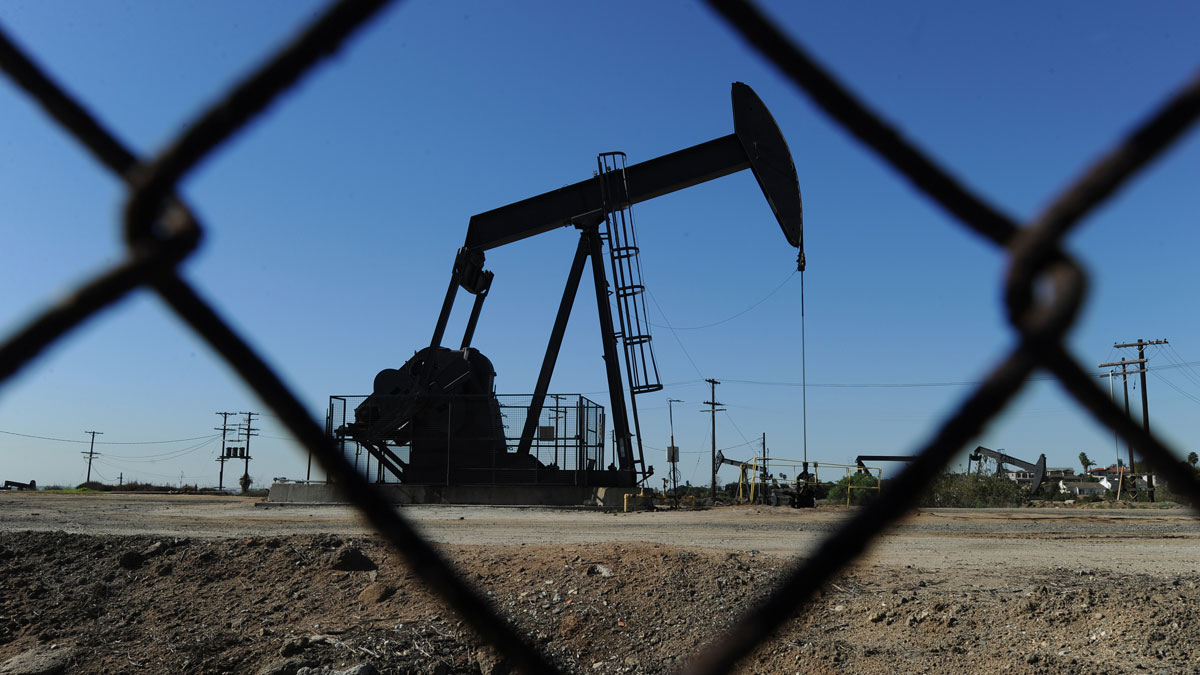
Oil price: US shale boom could 'kill market'
20 March
The oil price fell this morning following reports that US drilling soared again and large investors cut their bullish price bets by a record margin last week.
Brent crude, the international benchmark, fell by 0.9 per cent to $51.30 a barrel, while its US counterpart West Texas Intermediate dropped 1.3 per cent to $48.15.
The Week
Escape your echo chamber. Get the facts behind the news, plus analysis from multiple perspectives.

Sign up for The Week's Free Newsletters
From our morning news briefing to a weekly Good News Newsletter, get the best of The Week delivered directly to your inbox.
From our morning news briefing to a weekly Good News Newsletter, get the best of The Week delivered directly to your inbox.
This was triggered, says Reuters, by the latest report on US shale oil drilling report from consultants Baker Hughes, which said the number of active rigs rose by 14 to 631 last week, the highest total since September 2015. It is "expected to boost shale production by the most in six-months in April".
US production is already back above nine million barrels a day after hitting a low of 8.2 million barrels a year ago, prompting fears the 1.8 million barrels a day of output cuts promised by the likes of Opec and Russia will not be enough to balance the market and could hit the oil price rally.
Reuters also says financial oil traders cut their net long position in crude futures - bets on higher prices in the future - for the third consecutive week and by the largest margin on record.
A report in The Times says the turf war which drove a massive global production glut also drove big production efficiencies in shale oil, making it now profitable at current prices and able to rebound strongly.
A free daily email with the biggest news stories of the day – and the best features from TheWeek.com
However, there is evidence that senior figures in the sector recognise that an excess of production could kill the Opec cuts deal and send the oil price spiralling lower.
Billionaire shale oil entrepreneur Harold Hamm warned expanding US shale would "have to be done in a measured way… or else, we kill the market".
Oil price holds firm after reserves fall
16 March
The oil price is holding its ground after rebounding from its latest three-month lows yesterday, but it has failed to extend a rally despite a second bullish report on reserves in a week.
Official figures from the Energy Information Administration, published last night, reveal that crude stocks in the US fell by 237,000 barrels last week, says Reuters.
Inventories had been rising for nine consecutive weeks and that trend was expected to continue. This would have implied that a supply glut would persist in spite of a deal by Opec and Russia to cut 1.8 million barrels a day from output.
An earlier report from the private sector American Petroleum Institute on Wednesday indicated a similar draw on stockpiles last week – and triggered a two per cent rise in global oil prices.
This afternoon the oil price was steady, with international benchmark Brent crude up 0.1 per cent to $51.86 a barrel and its US counterpart West Texas Intermediate down by the same margin to $48.80.
Both are some way below their $57 and $54 peaks of last month, reflecting concerns that rising US shale oil production is undermining the Opec cuts and that the oil market will take much longer to return to supply balance.
Analysts say the commodity is being helped by a weaker dollar after the Federal Reserve increased interest rates yesterday – and that traders are waiting for more concrete signs before trading oil any higher.
Olivier Jakob of the Swiss consultancy Petromatrix said: "The dollar is weaker due to the US Fed. I don't think it is going to be enough to bring some follow-through buying to crude oil. We need something more substantial."
Oil price bounces back from three-month low
15 March
The oil price is bouncing back solidly today, but only after it slumped to a new three-month low overnight on the back of a bearish statement from Opec on global output.
Production figures in the 14-nation cartel's monthly update revealed production figures that imply 100 per cent compliance with its deal to cut output by 1.2 million barrels a day, says The Independent.
However, Opec added that global reserves were still increasing and that production from non-Opec countries is set to rise by 400,000 barrels a day.
Opec's agreement to cut output, coupled with a similar pledge from Russia and several other producers to reduce their own collective production by 600,000 barrels a day, had prompted a rally in the oil price from the low-$40s to well above $50.
But analysts have warned that higher oil prices are a boon for US shale oil, which could rise to such an extent as to undermine the cuts altogether.
Following Opec's report, Brent crude, the international oil price benchmark, fell to close to $50 a barrel, its lowest intraday trading level since 30 November.
Its US counterpart, West Texas Intermediate (WTI), traded as a low as $47 a barrel at one point.
Nevertheless, both benchmarks rebounded strongly this morning, with Brent up 1.9 per cent to $51.90 and WTI up more than two per cent to $48.75.
While it's a far cry from recent highs of $57 and $54 respectively, it is still a marked improvement.
The rally followed a data release from the American Petroleum Institute, which showed a surprise fall in crude reserves in the US last week for the first time in more than two months, Reuters reports.
This suggests there is balance coming to the market since the cuts deal, especially as the International Energy Agency also issued a statement telling "those looking for a rebalancing of the oil market" to "hold their nerve".
Ole Hansen, head of commodity strategy at Saxo Bank, said: "As long as Opec stays on track and non- Opec delivers on their agreed cuts, the market will continue to balance."
Oil price reverse could 'upend Opec deal'
13 March
The oil price's negative turn has continued, with news that the US rig count had risen for the eighth consecutive week sending global benchmarks to fresh three-month lows.
According to Baker Hughes, the number of active drilling rigs hit 617 last week, a rise of eight. When the sector hit a nadir early last year, the rig count was less than half of this amount.
US production is now back above nine million barrels a day following a steady increase since the oil price returned to $50. It stood at 8.2 million barrels a day in April 2016.
This rebound is threatening to overshadow the planned 1.8 million barrels a day of cuts agreed by Opec, Russia and other producers last November.
US watchdog the Energy Information Administration has reported on nine successive weeks of mounting crude oil reserves in the country, including an 8.2 million-barrel build last week.
West Texas Intermediate, the US oil price benchmark, settled last night at its sixth consecutive close, which has seen it shed more than nine per cent. It was down a further 0.7 per cent this morning to $48.14.
Global benchmark Brent Crude fell for its fifth successive session amounting to a cumulative 8.5 per cent, says Reuters. It was down 0.5 per cent to $51.10 a barrel this morning.
The big question is: after a prolonged period in which oil held steady in the mid-$50s a barrel but during which it struggled to break out, are we now witnessing the start of a major correction?
And if we are, what consequences will that have for the supply cuts deal which prompted its rally?
Gregory Brew writes on Oilprice.com that the latest slump could "upend" Opec's deal and could see a return of the production turf war of 2014-2016, which sent the oil price down to a low below $30.
The cartel has two choices, he says: extend or deepen the cuts, which were scheduled to last only until June, or stop them altogether and let the market find its price again, which will almost certainly be lower than now.
Oil price: Investors bet on recovery after fall to 2017 low
10 March 2017
West Texas Intermediate falls below $50 a barrel following 8.2 million-barrel growth in US inventories
Investors are betting that the oil price will recover in the near future, after both the global and US benchmarks suffered their worst fall in a year.
The bearish sentiment on oil, which has building in recent weeks, reached a climax on Wednesday, pushing the price out of a narrow $5 trading range held for most of 2017 so far.
That followed the US energy regulator reporting a ninth successive build in crude inventories, by a substantial 8.2 million barrels, sending the oil price tumbling five per cent on Wednesday and a further two per cent yesterday.
Losses were pared slightly in London this afternoon, with international benchmark Brent crude adding 0.8 per cent to $52.60 a barrel and its US counterpart, West Texas Intermediate, adding 0.9 per cent to around $49.70.
Following the agreement of Opec, Russia and other oil producers to cut 1.8 million barrels from output, the oil price had risen solidly above $50 a barrel late last year. However, rising US shale production threatens to undermine the rebalancing effect the cuts are supposed to achieve.
"The market went into a meltdown yesterday," Tamas Varga, analyst at London brokerage PVM Oil Associates, told Reuters. "The risk is now tilted to the downside... bears are in control."
However, larger investors such as hedge funds saw a buying opportunity. Reuters reports that the two most actively-traded derivative products yesterday were betting on a price of $50 and $55 by April.
"Given that we do expect [Organisation for Economic Cooperation and Development] oil stocks to decline substantially this year... we consider the recent drop in crude oil prices to be a good opportunity to enter into bullish option structures," strategists at Societe Generale said.
Some, though, say they will remain sceptical until they see evidence of inventories around the world declining.
Phil Flynn, of Price Futures Group in Chicago, said the "confirmation of a breakdown would suggest that this market will need some major news to get us back on that long term bullish track".
-
 How drones have detected a deadly threat to Arctic whales
How drones have detected a deadly threat to Arctic whalesUnder the radar Monitoring the sea in the air
-
 A running list of the US government figures Donald Trump has pardoned
A running list of the US government figures Donald Trump has pardonedin depth Clearing the slate for his favorite elected officials
-
 Ski town strikers fight rising cost of living
Ski town strikers fight rising cost of livingThe Explainer Telluride is the latest ski resort experiencing an instructor strike
-
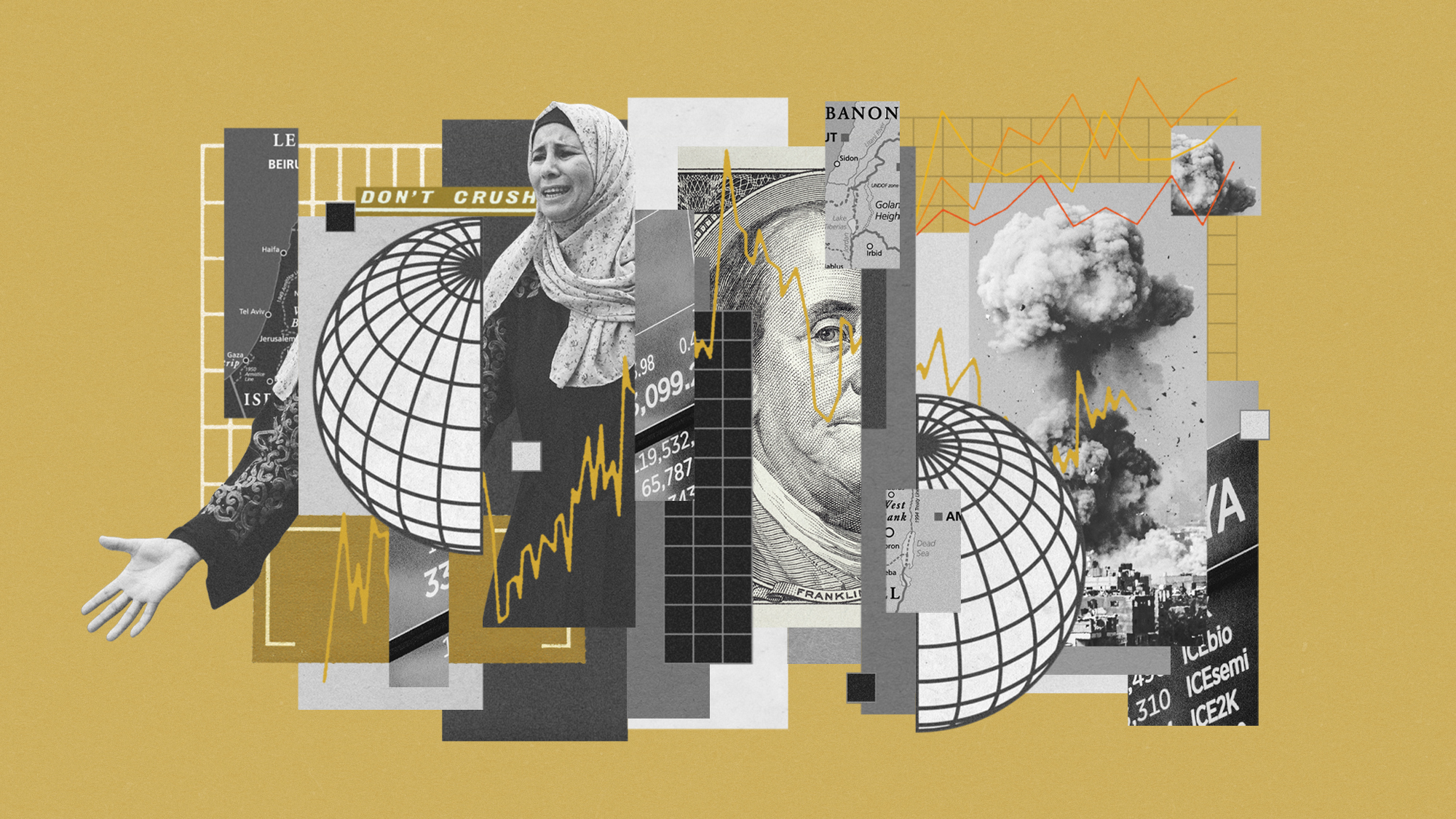 How might the Israel-Hamas war affect the global economy?
How might the Israel-Hamas war affect the global economy?Today's Big Question Regional escalation could send oil prices and inflation sky-high, sparking a worldwide recession
-
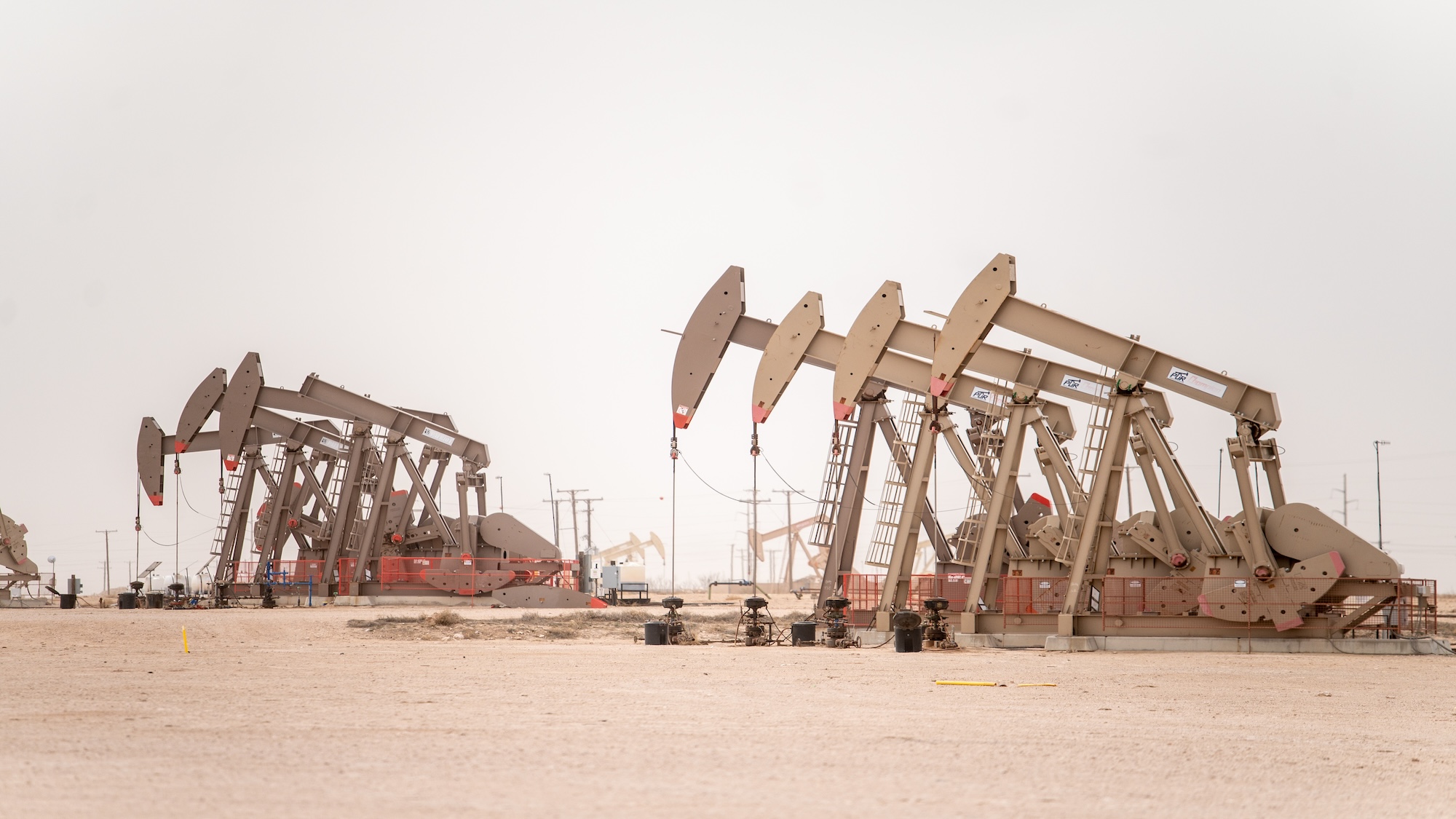 Recent mega-mergers could signal a turning point for the US oil industry
Recent mega-mergers could signal a turning point for the US oil industryTalking Point Both Chevron and Exxon have recently spent billions to acquire smaller oil companies
-
 Has Saudi Arabia lost control of oil prices?
Has Saudi Arabia lost control of oil prices?Today's Big Question Kingdom goes it alone to cut production, risking tension with US and reigniting cooling inflation in Europe
-
 US angered by Opec+ oil cut
US angered by Opec+ oil cutSpeed Read Energy prices to rise further as producers slash supply by two million barrels a day
-
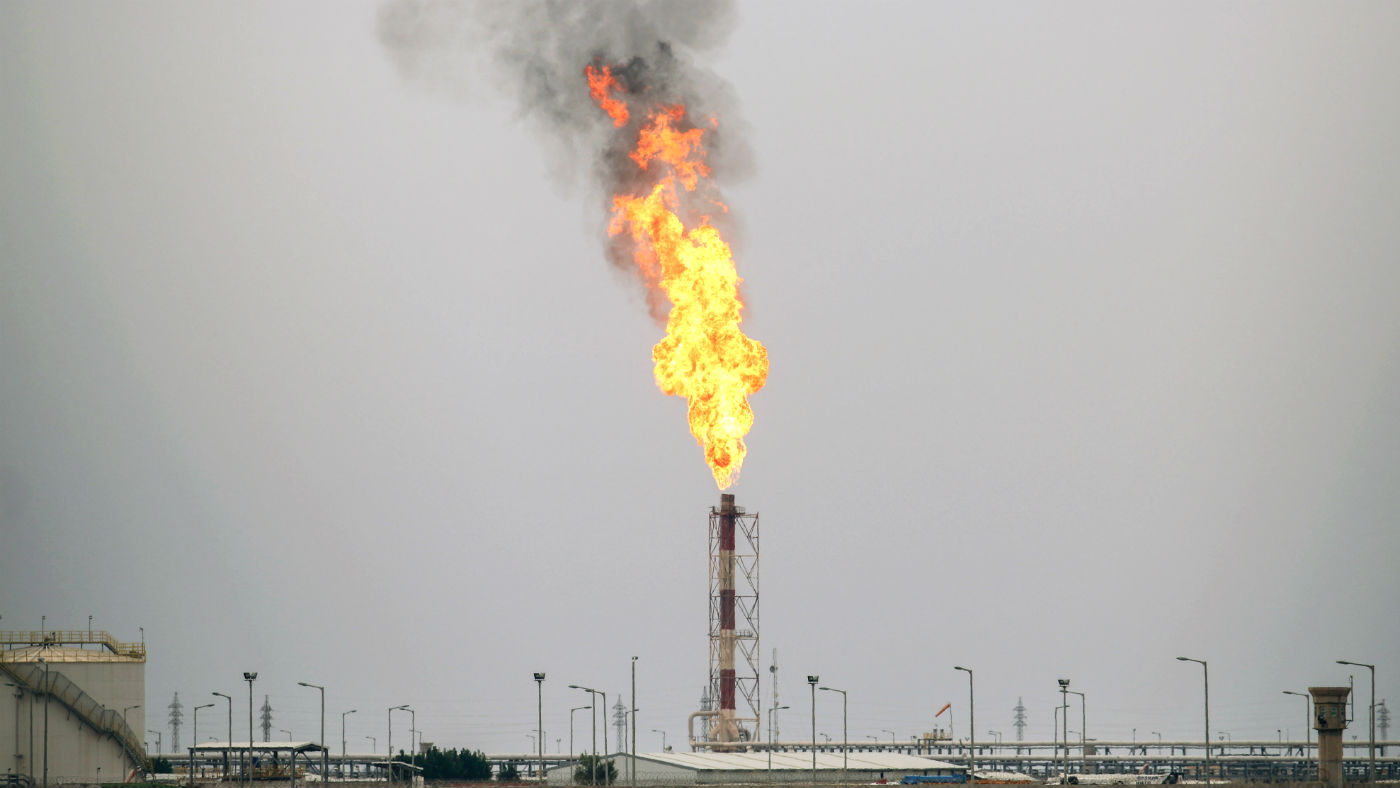 Global oil demand forecast lowered for 2020 and 2021
Global oil demand forecast lowered for 2020 and 2021Speed Read IEA report says jet fuel demand remains the major source of weakness
-
 Are US-Iran tensions flaring again?
Are US-Iran tensions flaring again?In Depth Trump threatens military action over Twitter
-
 Can a deal be struck to raise oil prices?
Can a deal be struck to raise oil prices?In Depth Opec+ will convene today over video link in a bid to boost crude
-
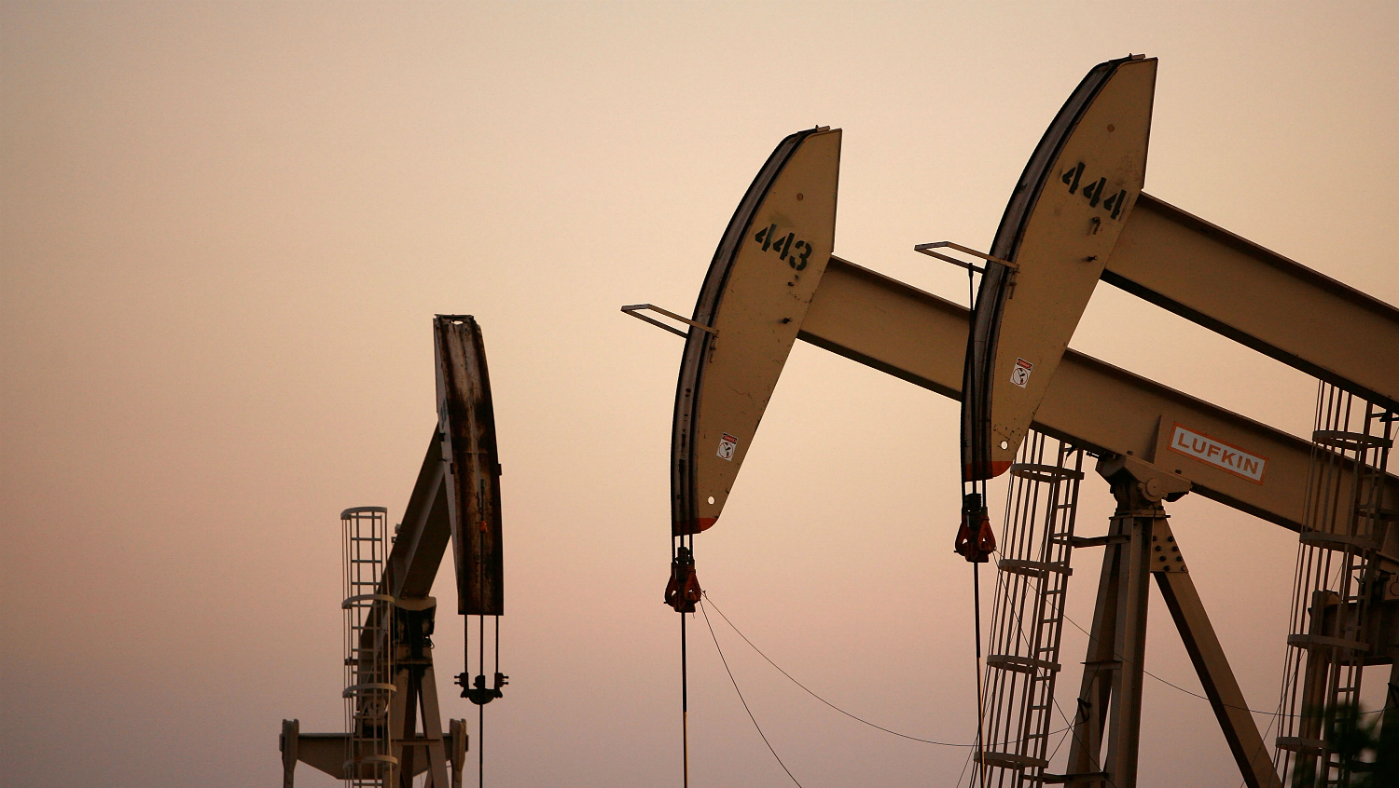 What do negative oil prices mean?
What do negative oil prices mean?In Depth Perfect storm of oversupply and storage shortages sees producers paying to get rid of US crude